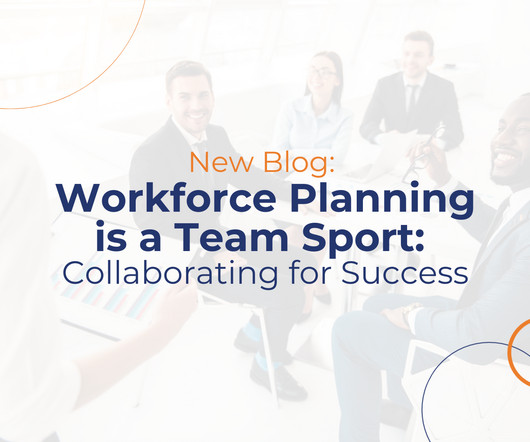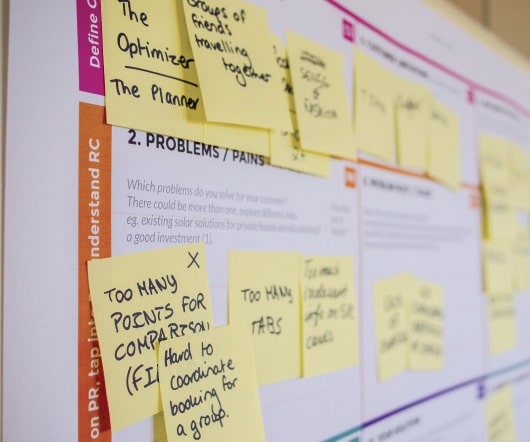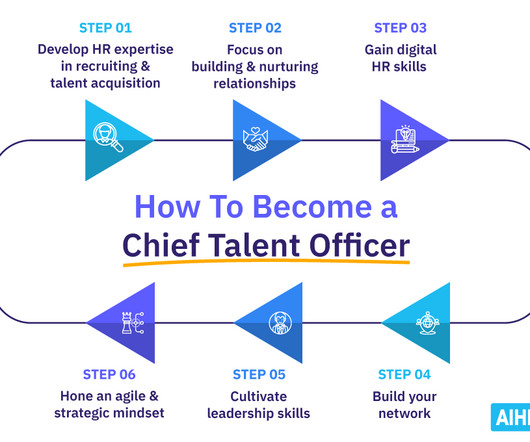Talent Acquisition
Analytics in HR
JUNE 30, 2023
What is talent acquisition? The core of talent acquisition is to attract employees to an organization and hire the ones that fit with the organization and role. Doing this well leads to lower turnover, higher productivity, and increased engagement. Over time, the talent acquisition function has developed.























































Let's personalize your content